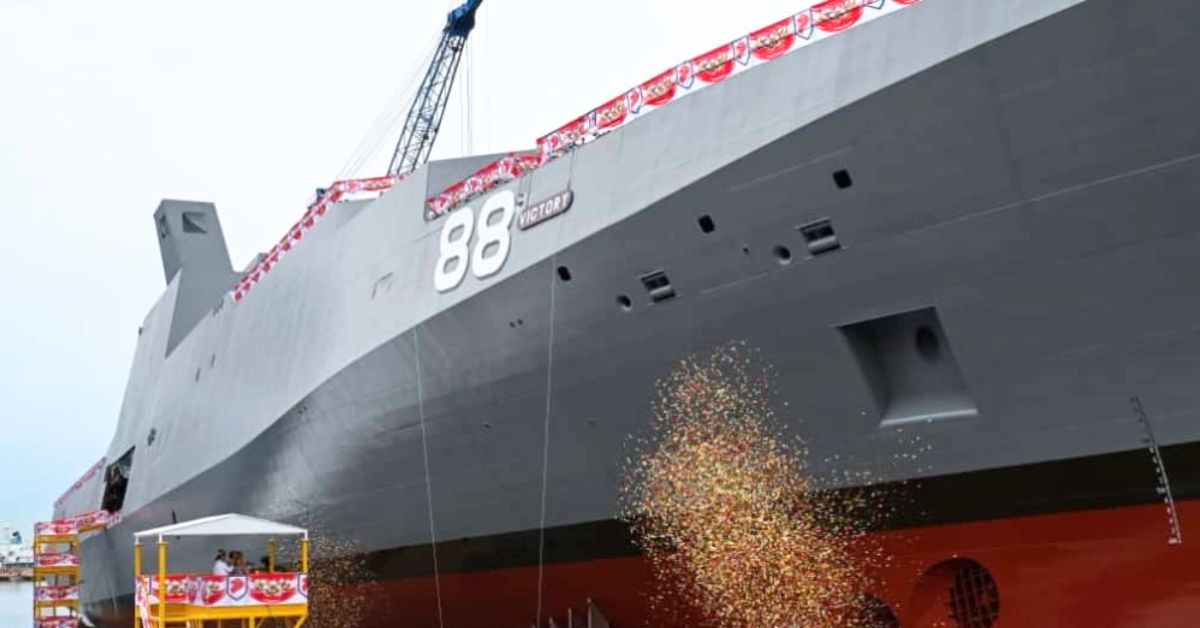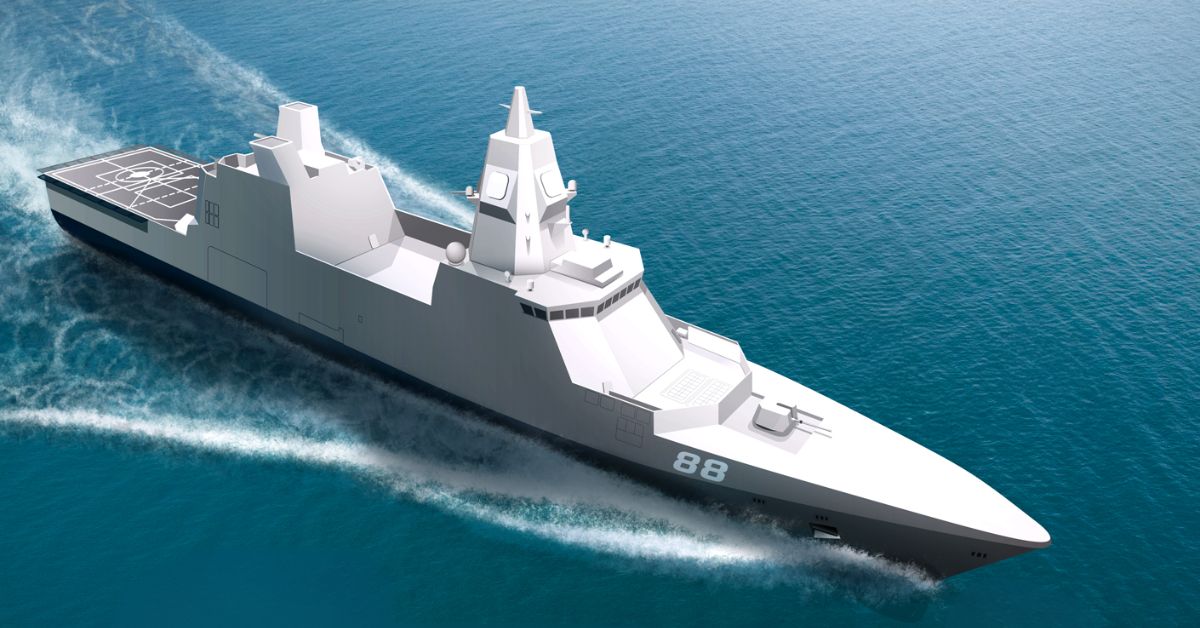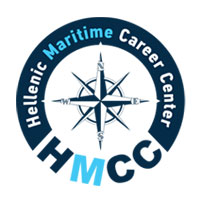
Passenger Missing After Going Overboard From Norwegian Cruise Ship Bound For Miami
October 23, 2025
Fire Erupts On Ship Containing Hazardous Substance At Port Taranaki
October 23, 2025

Singapore has launched its first Multi-Role Combat Vessel (MRCV), named Victory, at ST Engineering’s Benoi shipyard. The launch ceremony on 21 October was presided over by Defence Minister Chan Chun Sing, while Mrs Chan acted as the Lady Sponsor, formally christening the vessel.
The MRCV, the largest vessel in the RSN, is designed as a “mothership” for unmanned systems, capable of operating drones and other robotic assets across air, surface, and subsurface domains.
It will also feature mission modularity, allowing it to quickly adapt to different operational needs, from combat to humanitarian assistance and disaster relief.
The vessel combines the combat strength of a modern frigate with the flexibility to carry containerised modules, such as medical facilities, expanding its range of missions.
The Victory-class MRCVs will progressively replace the ageing Victory-class missile corvettes, with delivery expected from 2028. There will be six vessels in total, named Victory, Valour, Valiant, Vigour, Vigilance, and Vengeance, retaining the heritage and pennant numbers of the previous corvettes.

According to sources at the Ministry of Defence, the MRCV is designed to remain adaptable over the next several decades, allowing the RSN to upgrade its weapons and systems as operational requirements evolve.
The vessel also integrates advanced artificial intelligence to coordinate unmanned assets and operate as part of a networked naval force, enhancing the Navy’s surveillance and combat reach.
ST Engineering, which built the vessel, reported that the 150-metre-long ship features a common power system capable of generating 30MW of electricity, sufficient to power more than 50,000 households.
Company executives described the launch as a demonstration of Singapore’s engineering capabilities, from detailed ship design and cyber-secured communications to the integration of multiple weapon systems.
The MRCV was developed through a joint effort by the Defence Science and Technology Agency, ST Engineering, DSO National Laboratories, and international partners, including Denmark’s Odense Maritime Technology and Sweden’s Saab Kockums.

The launch ceremony marked the completion of the ship’s construction on land. It will now undergo outfitting, combat systems integration, and acceptance trials at Gul Yard before commissioning.
Naval officials described the ship as a “small city” at sea, with a power plant, data centre, and extensive flexible warehousing space for mission equipment. They added that operational procedures for the vessel are being developed from scratch to manage its new systems effectively.
ST Engineering confirmed that its smart shipyard technologies, including robotic welding, automated panel lines, and predictive maintenance, were crucial in delivering the complex vessel efficiently.
The company is on track to deliver the full fleet of MRCVs to the RSN from 2028 onwards, further enhancing Singapore’s maritime security and operational reach.
Reference: ST Engineering
Source: Maritime Shipping News


